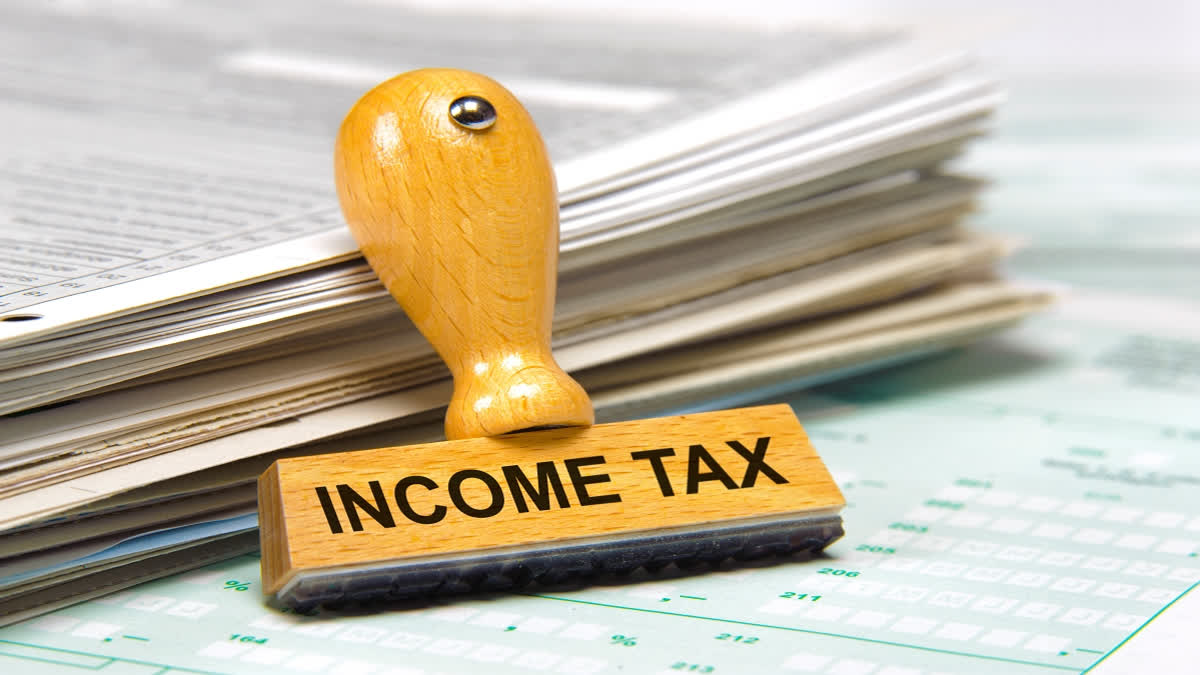Hyderabad:In India, Income Tax Day is celebrated on July 24 every year to showcase the significance of income tax in the country.
History of Income Tax Day:
In 1860, on July 24, Sir James Wilson introduced the concept of income tax for the first time ever in India. This initiative was taken to compensate for the loss during the First War of Independence (1857) under British rule.
The income tax day or Aaykar Diwas was celebrated for the first time on July 2010 to acknowledge 150 years of income tax in India. The Income Tax Act 1922 was designed with a proper framework for the direct tax administration in India. In 1924, a statutory body, the Central Board of Revenue was established to monitor the functions and responsibilities of the department. Later, the act was amended in 1939, and two major structural modifications were made. The appellate functions were separated from administrative functions as well as a central charge was introduced in Mumbai (then Bombay).
In 1963, a classified Board for direct taxes called the Central Board of Direct Taxes (CBDT) was introduced under the Central Board of Revenue Act, 1963.
What is Income Tax?
An income tax is a direct tax that a government levies on the income of its citizens. The Income Tax Act, 1961, mandates that the central government collect this tax. The government can change the income slabs and tax rates every year in its Union Budget. Income does not only mean money earned in the form of salary.
It also includes income from house property, profits from business, gains from profession (such as bonus), capital gains income, and 'income from other sources'. The government also often provides certain leeway such that various deductions are made from an individual's income before the tax to be levied is calculated.
What are Income Tax Slab Rates?
Income in India is taxable according to prescribed income tax slab rates that vary based on the net annual income of the tax assesse. The slab rates for taxation of income are progressive in nature i.e. the slab rate increases with the net annual income of the individual. The slab rates for tax on income are liable to be changed periodically and are announced as part of the Union Budget announcement.
The income tax slab rates for the financial year 2024-2025 i.e. assessment year 2025-2026 are as follows:
Budget 2024 income revised tax slabs
| Income tax slabs (Rs) | Income tax rate (%) |
| From 0 to 3,00,000 | Nil |
| From 3,00,000 to 7,00,000 | 5 |
| From 7,00,000 to 10,00,000 | 10 |
| From 10,00,000 to 12,00,000 | 15 |
| From 12,00,000 to 15,00,000 | 20 |
| From 15,00,000 and above | 30 |
Benefits of Taxes
There are many benefits of paying taxes. They help in the development and maintenance of infrastructure, like roads, and they can even help to create or maintain the institutions needed for the rule of law and the functioning of the democratic process. Taxes are the government's revenue for financing public spending, including building roads, school buildings, and hospitals, and for funding local government services, including police and fire departments, parks and playgrounds, and public libraries.
Taxes fund public infrastructure and services. For example, in India, the country spends the highest proportion of its GDP on public infrastructure and services, as compared to other emerging economies. With a year-on-year rise in capex of more than 35% and a targeted infrastructure investment of more than Rs 10 lakh crore in Budget 2022-23, the Union government has reaffirmed its commitment to utilise infrastructure as a force multiplier for long-term economic growth.
Taxes are also used for social development and welfare programs. For example, the government of India allocates a substantial amount of revenue, about 6% of GDP, for various social development and welfare programs, including public health and nutrition, education, and rural development programs.
Taxes fund education. For example, in India, where illiteracy is a major problem, the government needs a lot of money to provide quality education; not only in urban areas but up to the grass root levels. This includes public and private expenditure on education, including spending on school infrastructure, teachers' salaries, and research, development and innovation.
Taxes secure the country's borders. This includes expenditures on equipment and personnel, defence research and development, defence imports, international military cooperation, and international peacekeeping operations.
